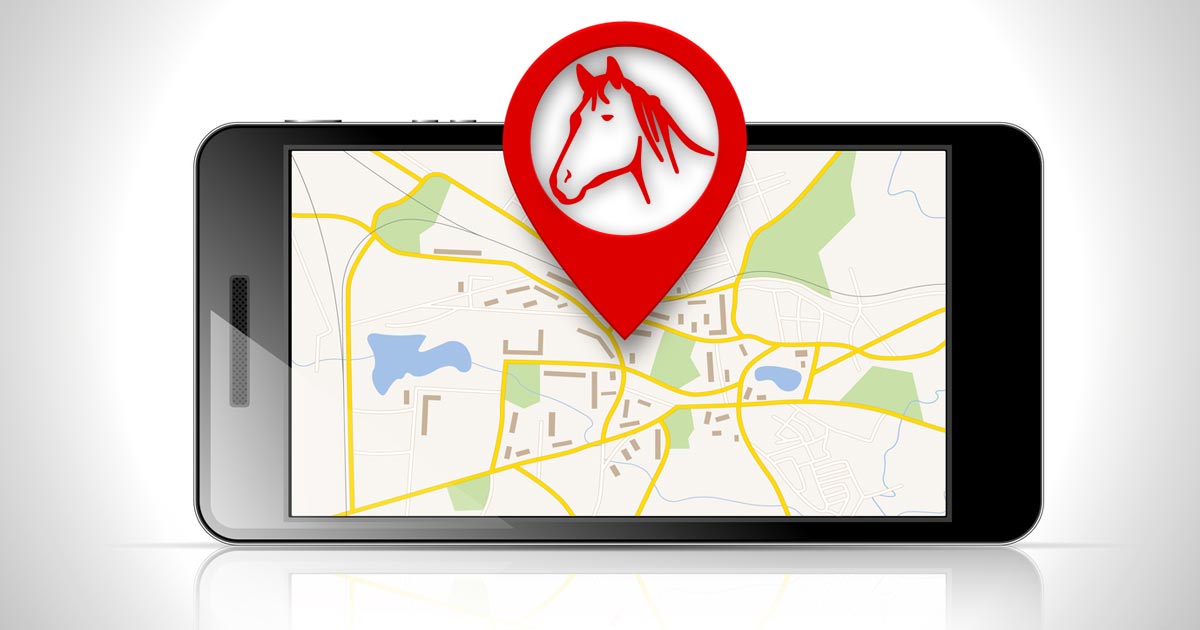I recently stewarded at BEVA congress for the second year (which I would highly recommend to any students considering applying) and between helping set trade stands up and registering delegates, was able to attend some of the talks that made up the academic programme.

One series of talks I found particularly thought-provoking was entitled “improving veterinary practice” and comprised topics that included customer service, looking after staff, and the future of equine practice.
There were many ideas bounced around throughout the session regarding how equine practice may be changing in the not too distant future. One I have often puzzled over myself is the concept of emergency only equine vets.
Barriers
Compared to small animal out-of-hours care, there are several reasons this idea has never really made any practical headway as of yet. These include:
- the great deal of expertise and experience required for many of those OOH equine calls, such as colic surgery
- caseload – which can be extremely variable depending on the time of year
- geographical location
- types of client a practice may have
There is also the question of client trust and case continuity, due to the generalisation that horse owners are much more attached to a particular individual vet than small animal owners may be.
In reality, not every vet is on call every night, so even if a client calls their usual veterinary practice to see an emergency, they aren’t necessarily guaranteed to get a vet they know anyway.
Emergency qualification
The suggestion in the talk was there could be an additional qualification and specialist training in equine emergency care for practitioners wanting to be classed as emergency specialists.
But could non-specialists seek out emergency only work if they wished? Maybe they could take on more of a triage role and, even if they don’t have the expertise themselves to surgically correct a colon torsion, they could do a colic work-up to determine if a case was surgical and decide whether to wake up the on-call surgeon.
Uber-vet?

Another suggestion was “Uber” for equine vets (if you haven’t used an Uber taxi yet, I would recommend it). The idea in the equine world would be the client could request a vet via an app on their smartphone, and immediately be able to see, on a map of the local area, how far away the closest vet was and how quickly they’d be able to get to them. This is almost a high-tech extension of the zone system that many equine vet practices have begun to use for routine visits.
It sounds simple, but the logistics would be a bit more complex for a number of factors, including different calls taking varying amounts of time. This might sound technologically advanced but, in reality, the veterinary community is going to have to keep up with the rest of the world – I find it unbelievable that some practices don’t have a computer record system and are still using paper case files.
In an age where most people have the internet at their fingertips, why can we not even do something so simple as to book veterinary appointments online? And why does the ambulatory vet still have a paper diary with a short sentence scrawled next to a time for the clinical record of a call when they could be typing notes on a laptop/smartphone/tablet at a call and have everything priced up immediately?
Perfect map
As someone with absolutely no sense of direction, a particular favourite of mine was the idea of having a shared interactive map available in all cars (perhaps on a smartphone) to act as a sat nav with locations downloaded of all of the clients – accurate plotted locations that is, not just a postcode that happens to be about 2 miles away from the yard and still leaves you quite lost.
We are getting there… there are, of course, a number of apps already available for vets which have a range of purposes from acting as a handheld drug formulary, to immediate dosage calculations and even written guides and “how to” videos for simple procedures. But there is so much more scope to make use of the vast amount of opportunity with current technology.
Equine practice often seems a bit stuck in its way in many respects – I think we would do well to learn from other fields of veterinary medicine and aim to keep moving forward with the changing veterinary profession, whether that be with respect to working life in general or to utilisation of modern resources.

Leave a Reply